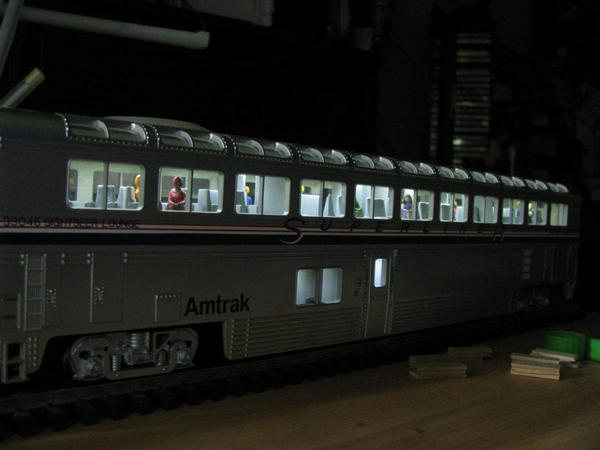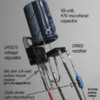I've been replacing incandescent lights in my passenger cars with LED lights. Below I share some pictures and a video of the method I've been using. Please note: I will be the first to admit that I know very little about electronics. However, I've been very pleased with the results I've gotten so far and more importantly the satisfaction I've gotten from doing it myself instead of paying someone else to do it.
I would like to mention that I've not had to install any 'resistors' or 'capacitors' or other components that I know nothing about. I've used the LED light rolls pictured below right 'out of the box'. I've not experienced flickering or dimming (except over certain sections of dirty track). In any case, wanted to share this since it's worked for me. Perhaps this might work for some of you. Or perhaps you may improve on my method and some other good ideas could come of this.
The products I've used are as follows:
-LED light rolls: Ebay
-Micro LED lights & Plugs: Evans Designs
-Shrink tubing & on/off switches: Evans Designs
-Miscellaneous: Home Depot










